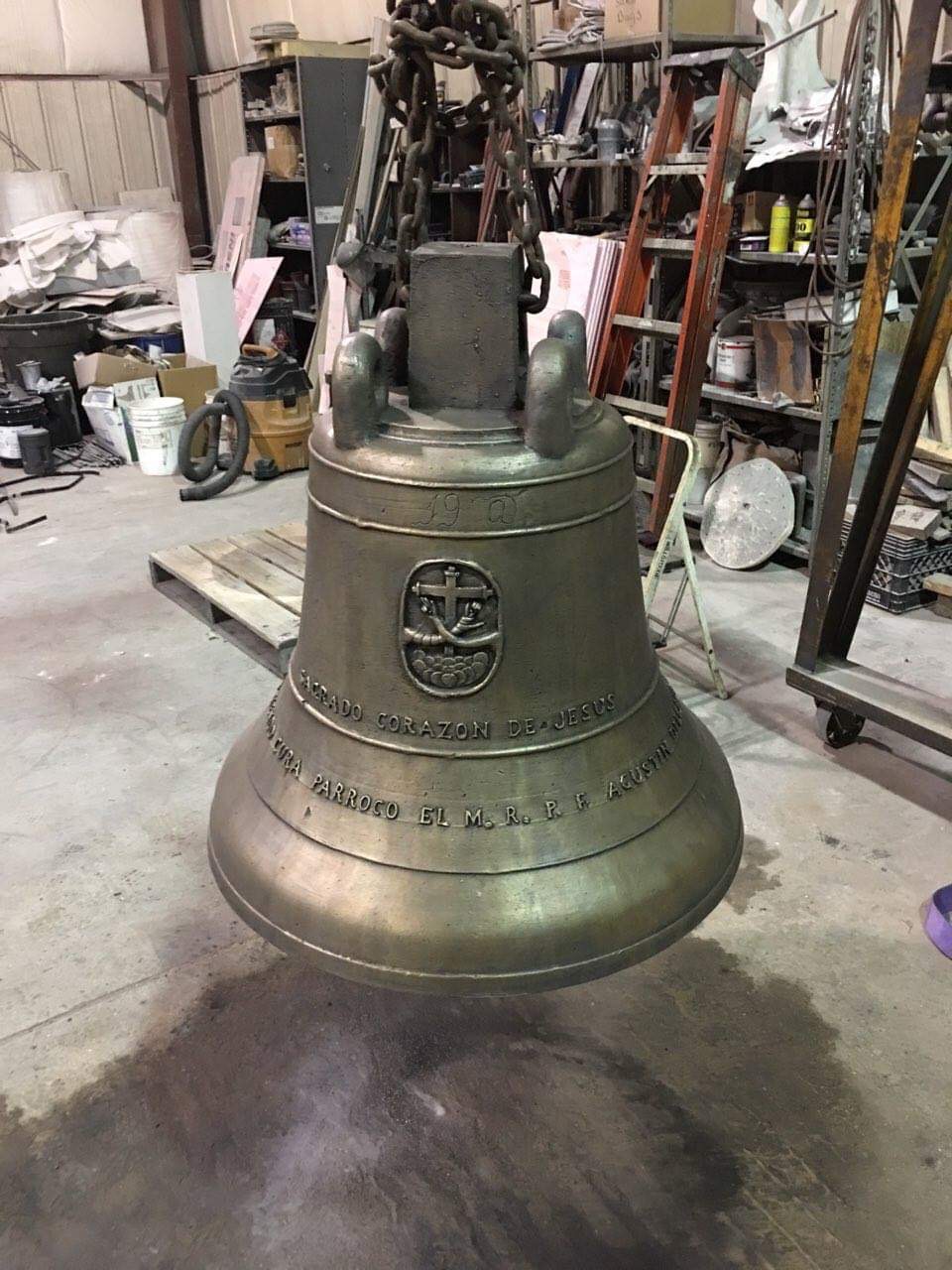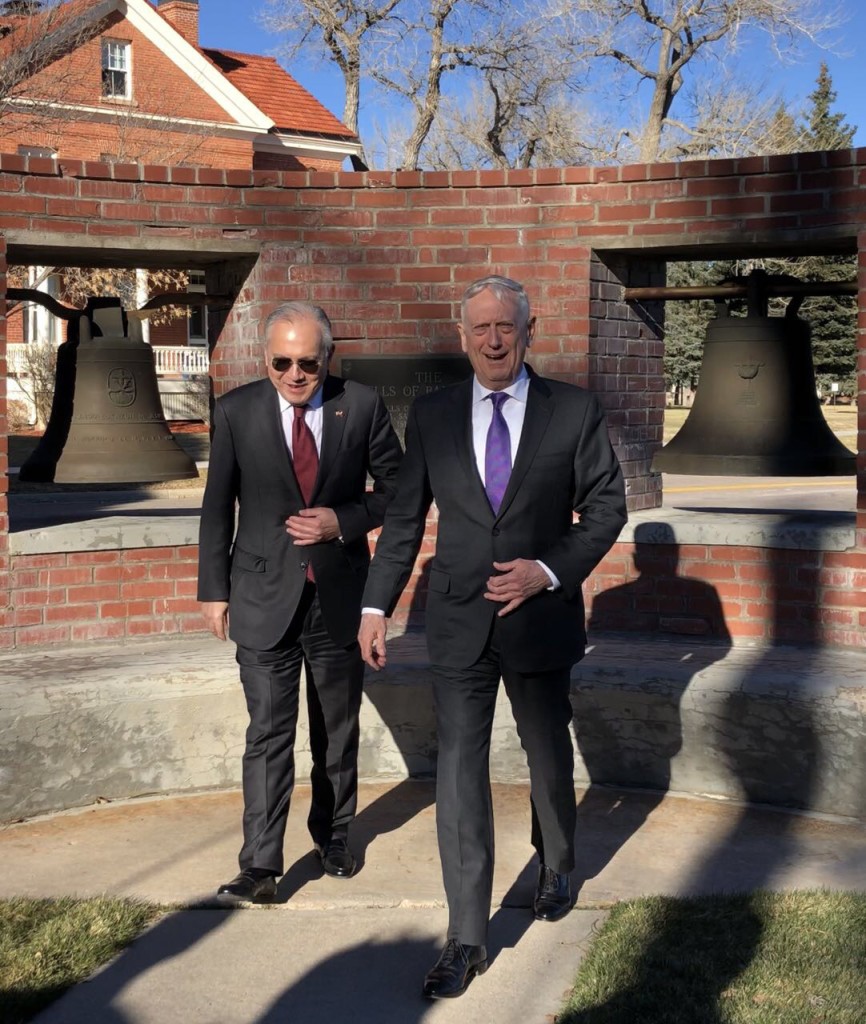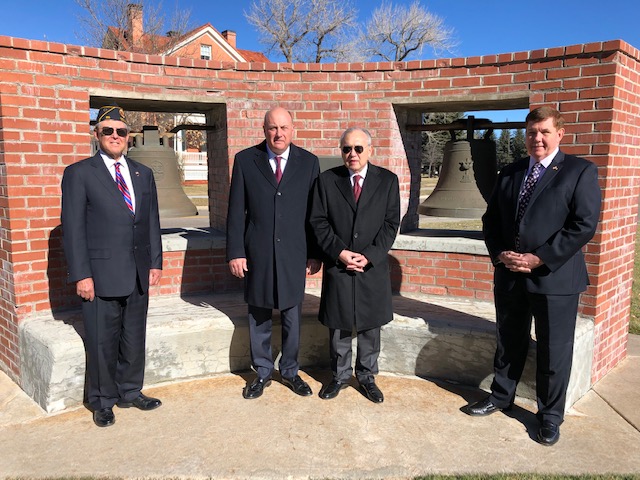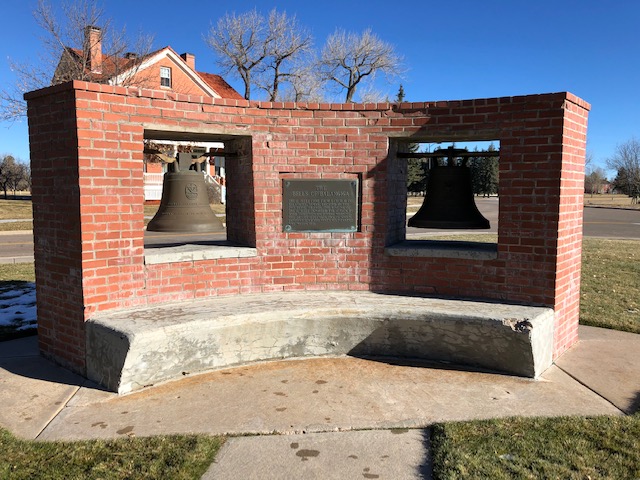
By Ambassador Jose Manuel G. Romualdez
When the church bells of Balangiga tolled on Sept. 28, 1901, they foretold of bitter combat between Filipino guerillas and American soldiers occupying the small Samar town at the height of the Philippine-American War that lasted from 1899 to 1902.
In the aftermath of the battle that saw a company of American soldiers almost wiped out while thousands of Filipinos were killed as retaliation against the guerilla attack, the bells were taken as war booty. Two of them were placed in a memorial at Warren Air Force Base in Cheyenne, Wyoming while the third one was displayed at the US Army’s Camp Red Cloud in South Korea.

For several decades, initiatives were launched by Filipinos and Americans, including retired Rear Admiral Dan McKinnon, as well as private, historical and religious groups to return the bells to the Philippines, but a major hindrance was the legislation that banned the return of any “veterans memorial object” to a foreign country without specific authorization from law.
It was President Duterte’s impassioned speech during his July 2017 State of the Nation Address that reinvigorated the clamor for the return of the bells. In the 2018 National Defense Authorization Act, a provision authorized the return of the Balangiga bells if the Secretary of Defense certifies to Congress that the transfer is in the national security interest of the US, and that appropriate steps have been taken to preserve the history of veterans associated with the bells, including consultations with veterans’ groups and Wyoming government officials.
A century and 17 years after that 1901 clash, the Balangiga bells will begin their journey home following our momentous trip to Warren Air Force Base for the Nov. 14 turnover ceremony presided by US Defense Secretary James Mattis. One could feel a sense of history pervading the small ballroom, as US servicemen and women present stood when Secretary Mattis and I walked in to start the handover proceedings.
Joining us were the US-Philippines Society’s Brian Buzzell, as well as former US Navy Captain Dennis Wright and my good friend Henry B. Howard, who all tirelessly worked to galvanize all the efforts to have the bells repatriated.
As Secretary Mattis said, it was time to close that dark chapter and “smooth the bonds” of friendship between the Philippines and the US that were “tested but never broken by war.”
When the Balangiga bells are finally home—hopefully sooner than soon—they will once again toll, not with the bitter sounds of war, but the sweet chimes of peace and friendship.
(Ambassador Jose Manuel G. Romualdez is the Philippines’ current ambassador to the United States. This piece, which will come out next week in PeopleAsia magazine’s December 2018-January 2019 issue, was written a few weeks before the historic bells of Balangiga arrived in the country.)







